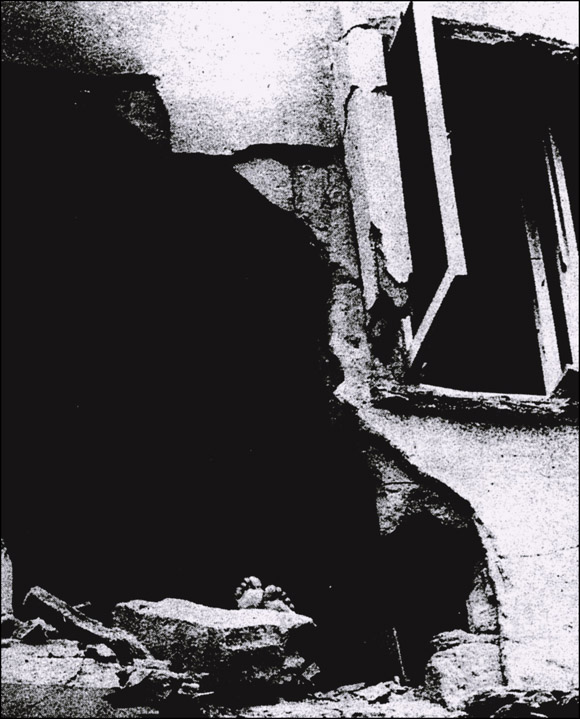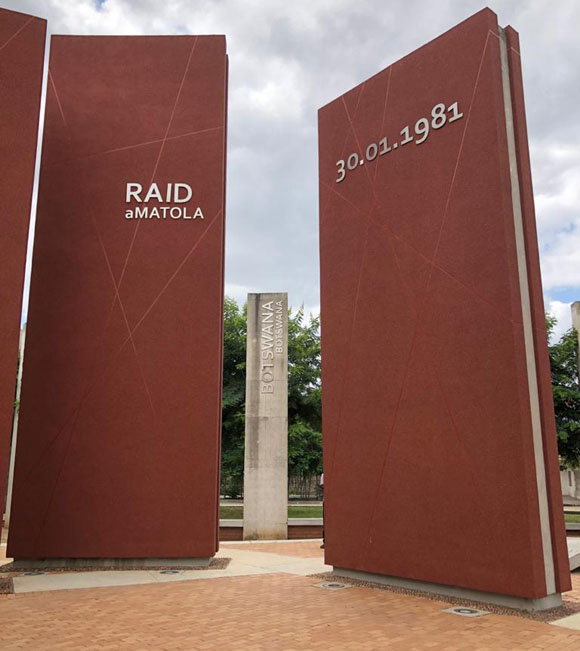Mozambique's International
Relations with South Africa
Dossier MZ-0007, part 2
![]()
![]()
2. Constructive Engagement, 1980-1981;
and, The Matola Raid, January 1981
An important contextual factor for the development of relations between apartheid South Africa and revolutionary Mozambique was the attitude of the United States towards the problems of the Southern African region. Under President Jimmy Carter, in power from 1977 to 1981, US policy had focused broadly on human rights, and the US had accepted the idea that the isolation of the Pretoria regime was an appropriate approach in the struggle to end apartheid. This made the South African government deeply anxious, especially in the context of the establishment of regional structures such as SADCC and the Frontline States alliance, over which it had no influence or control.
The coming to power of the new Reagan administration on 20 January 1981, adopting a policy of “constructive engagement”, therefore represented something of a green light for a more aggressive posture by South Africa towards its neighbours, and especially towards Mozambique. Led by the new Under-Secretary of State for African Affairs, Chester Crocker, US policy shifted to a focus on the two questions of South Africa's strategic mineral resources and Soviet influence in overtly Marxist-Leninist countries such as Mozambique, as well as elsewhere in Africa. It was, therefore, by no means coincidental that a South African commando raid on three ANC houses in Matola took place on 30 January 1981, only a few days after the change-over of administrations in the United States.

Above: A view of one of the ANC safe houses near Maputo after the South African attack known as the Matola Raid on 13 January 1981. Thirteen MK (Umkhonto wa Sizwe) fighters were in the firefight, which also resulted in three casualties among the raiders. One civilian was shot and killed.
The Matola raid, in the early hours of 30 January 1981, resulted in a firefight in which 14 members of Umkhonto we Sizwe and three SADF attackers were killed. One MK cadre, Vuyani Mavuso, was captured and later executed by the apartheid regime. A Portuguese civilian who was passing by was also murdered by the attackers, who believed him to be Joe Slovo. The ANC members killed were Albert Mahutso, Collin Khumalo, Daniel Molokisi, Krishna Rabilal, Lancelot Hadebe, Levinson Mankankaza, Mandla Daka, Mduduzi Guma, Motso “Obadi” Mokgabudi, Steven Ngcobo, Thabang Bookolane, Themba Dimba, Vusumzi Ngwema, and William Khanyile.

Above: Two of the three red obelisks at the Matola monument, symbolising the three houses that were attacked by the South African commando. (Photograph for MHN: Clinarete Munguambe).
In September 2015 a monument and interpretative centre was unveiled in Matola in commemoration of the event, attended by both South African President Jacob Zuma (see his speech here) and Mozambican President Filipe Nyusi.

Above: The outside of the Matola Monument’s Interpretative Centre, containing a darkened exhibition hall, in which flashes of light entering the building symbolise explosions in the three houses that were attacked. (Photograph for MHN: Clinarete Munguambe).
![]()
MHN Resources
Consolidated Downloadable Zipped Files
Click on the yellow folder image below to download a zipped file of the second of a series of dossiers on South Africa-Mozambique relations. The archive covers the period 1980-1981, and contains 40 documents. New items will be added from time to time: this edition of the dossier is dated 23 October 2021.
![]()



![Aluka: Struggles for Freedom [subscription required] Struggles for Freedom](imgs/aluka_200.png)


